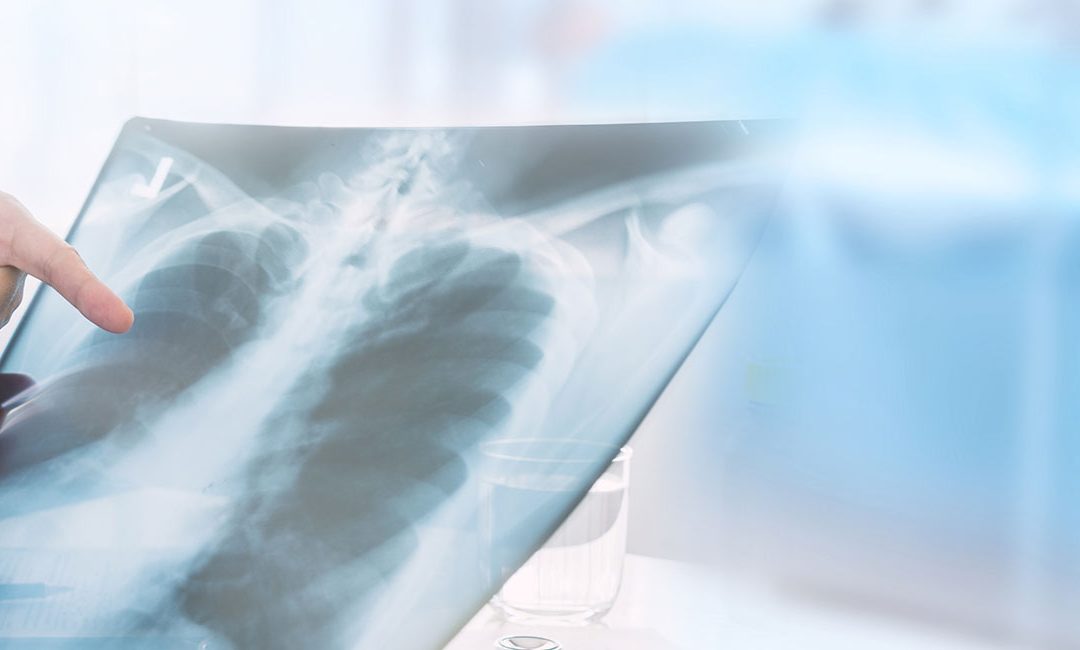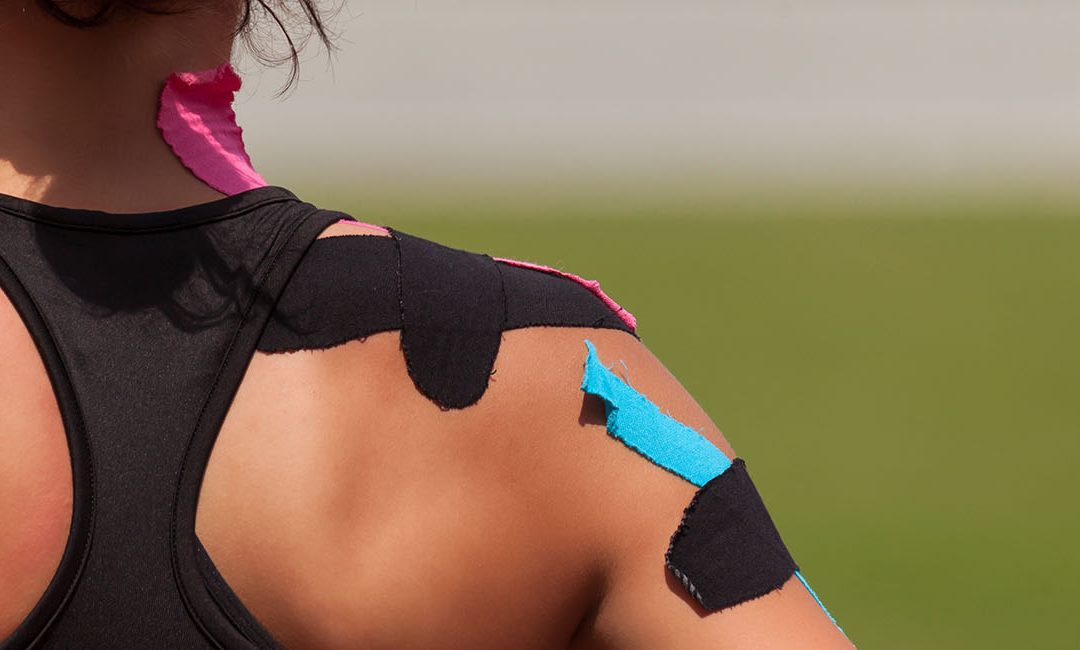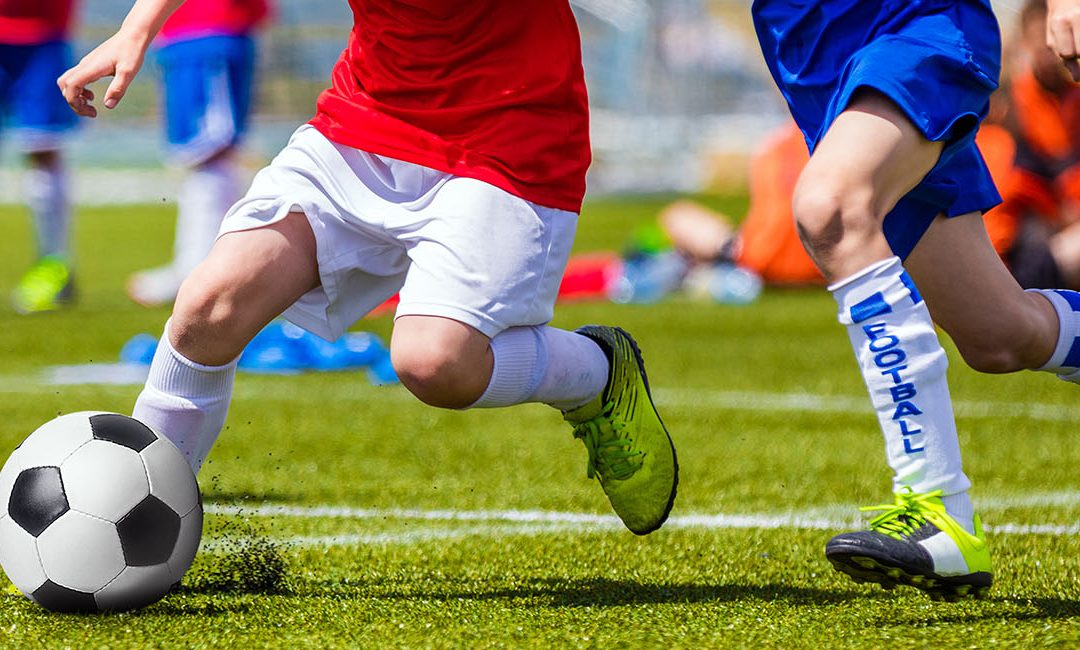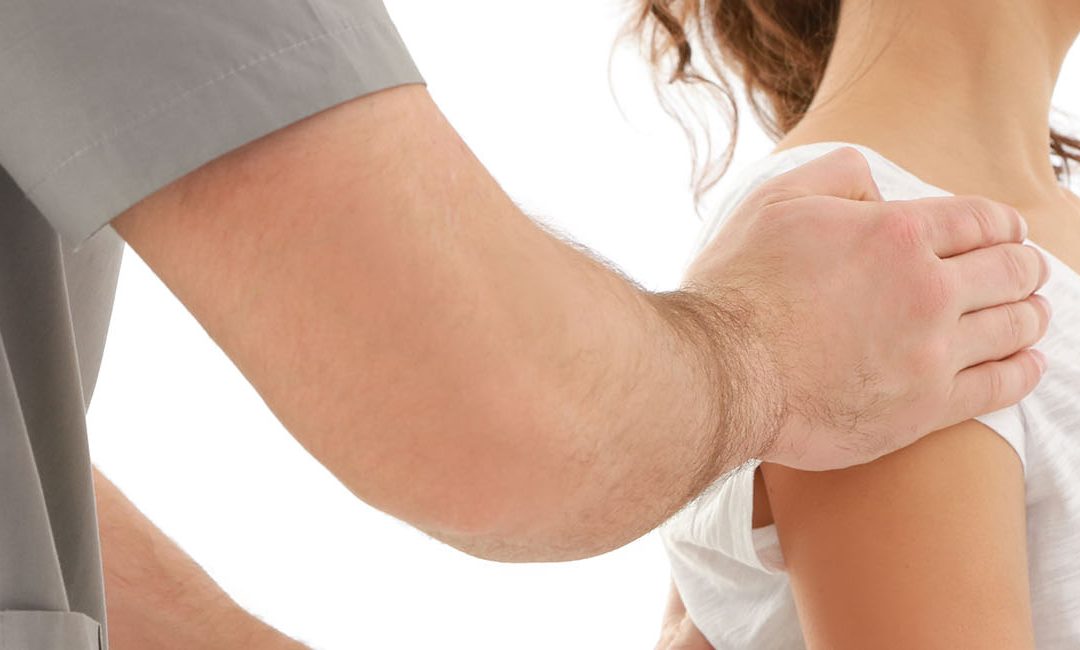Welcome To Our Blog

Pediatric Scoliosis: Causes, Symptoms And Treatment
Scoliosis can be defined as the development of an abnormal spine curvature due to excessive rotation between the vertebrae. When this condition affects adolescents and children, it is classified as Pediatric Scoliosis. It is most commonly seen in the thoracic region of the spine. Depending upon its cause, the condition can be categorized as: Congenital Scoliosis - This type of scoliosis is present at the time of birth Idiopathic Scoliosis - It has no apparent cause but is diagnosed in children with one or more family members having Scoliosis Neuromuscular Scoliosis - Patients...

Chronic Shoulder Instability
The shoulder is one of the most mobile joints of the body which is made up of three main bones, the upper arm bone (humerus), shoulder blade (scapula) and collar bone (clavicle). However, the extensive range of motion of the joint makes it prone to injuries and instability. The upper end of the humerus fits into a cavity within the shoulder blade known as glenoid. It is held in place by strong ligament structures but an external trauma or overuse may push the humeral head out of the socket, leaving the joint unstable. Once it occurs, the shoulder tends to become susceptible to...

Adolescent Anterior Knee Pain: Orthopedic Treatment
Adolescent Anterior Knee Pain is a medical condition that affects physically active teenagers. It is characterized by pain and discomfort in the area surrounding the kneecap. The knee is the largest and one of the most complex joints comprising of three bones, femur, tibia and patella. Various ligaments and tendons support these bones as well as hold them in place. Stress or damage to any of these parts can lead to Adolescent Anterior Knee Pain. The condition is more commonly seen in girls as compared to boys. Causes Overuse of the joint Sudden change in the intensity and...

Radiculopathy
Radiculopathy is a medical condition that occurs when a nerve in the spine gets pinched or irritated. There are several nerves or ‘nerve roots’ that emerge from the intervertebral joints and spread out into different parts of the body, thus controlling their movement as well as sensation. Radiculopathy may affect the cervical, thoracic or lower spine. However, it is most commonly observed in the lumbar portion. The cervical spine controls the neck and the arms, the abdomen and chest are controlled by the thoracic spine while the legs, hips and the feet are affected by the...

Spinal Instability: Causes, Symptoms And Treatment
Spinal Instability or Lumbar Instability is a condition that occurs when the inter-vertebral discs in the spine begin to degenerate. The bulge of the disc decreases and begins to lose height. This causes the vertebrae to displace from their anatomical position and override the disc. It eventually produces friction between the vertebrae, causing pain and several other symptoms. The micro movement within the spine irritates the nerves that emerge out of the joint spaces. The condition may increase the risk of Spinal Arthritis and development of bone spurs. Spinal Instability may...

